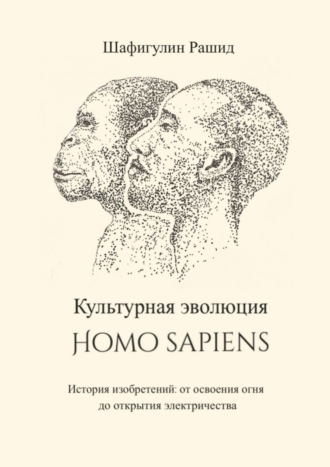Культурная эволюция Homo sapiens. История изобретений: от освоения огня до открытия электричества

Полная версия
Культурная эволюция Homo sapiens. История изобретений: от освоения огня до открытия электричества
Жанр: учебная и научная литературабиологияобщая биологияпрочая образовательная литературазнания и навыки
Язык: Русский
Год издания: 2022
Добавлена:
Настройки чтения
Размер шрифта
Высота строк
Поля
Конец ознакомительного фрагмента
Купить и скачать всю книгу
